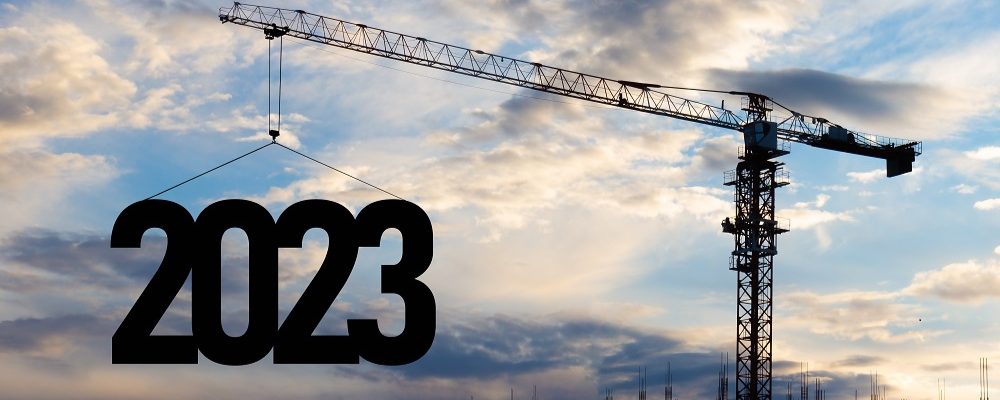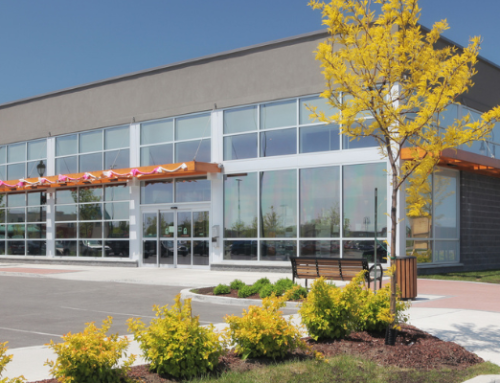By Jennifer French, CPA
Even as construction contractors are facing ongoing challenges with higher costs, supply chain disruptions, and a tight labor market, many are looking ahead to a positive year. The construction backlog indicator is one or two months higher than a year ago. Contractor confidence, especially those who work on public projects, is up.
Though individual contractor experiences vary, it can be helpful to get a sense of industry headwinds to respond to challenging conditions and take advantage of opportunities for growth.
Challenges Facing Construction Contractors
In 2022, more than a third of surveyed contractors had projects delayed or cancelled. That uncertainty continued into 2023.
Economy
The economic forecast remains top of mind for nearly all construction contractors. Expectations for sales, hiring, costs, and supply chain all start at the top.
Contractors working on mostly private projects will see the most uncertainty. Where government-funded projects, now likely backed by funding in federal legislation, are more predictable, private projects are subject to more fluctuations in profit margins and available funding.
Despite positive growth expectations for higher sales, profit margins, and staffing, contractor sentiments for sales and staffing both dropped several points from a year ago, and even from January 2023. Most contractors are expecting small or no changes to sales and staffing levels in the next six months. This is largely due to the overarching economic climate.
Supply Chain
Effectively managing resource constraints, either due to cost or availability, is an ongoing challenge. Last year, many contractors made advanced purchases, but that tactic also depends on the type of materials and whether they can be stored safely until they’re ready to use. Other tactics included using alternative products and suppliers.
Thankfully, costs aren’t as high as when building material costs jumped 20 to 30 percent during the pandemic. Now, the issue is availability. If critical materials aren’t available, contractors have no choice but to either wait or pay more, or both.
2023 is expected to ease up on materials costs, but supply chain difficulties will persist. Contractors will need to maintain a diverse supply chain to stay competitive and get the materials they need.
Costs
High interest rates and inflation continue to be top concerns for contractors.
Interest rates tend to trickle down throughout the economy 12 to 18 months after rates start rising. That means that right around now through summer is when contractors can expect to see more of an impact from rising rates, since the first rate increase was in March 2022.
One of the tangible impacts of higher rates is higher borrowing costs. This is an issue that will keep going for several months and can potentially affect project viability. Contractors will need to ensure they have access to capital should they need it and keep the focus on maintaining positive cash flow.
Cost volatility is usually due to one of three factors, or a combination. They are:
- Transportation costs, including fuel, driver wages, and insurance
- Labor and materials costs
- International tariffs
To the extent possible, using suppliers that are closer to the job site often minimizes transportation costs and fees associated with foreign transport.
Labor Market
There are approximately 25 percent more vacant construction jobs than people to fill them, according to one estimate. Most workers who left their jobs in COVID returned, but some left the industry altogether. A continued shortage of skilled workers is another contributing factor.
Many contractors have raised wages and increased benefits to attract and retain quality workers. It’s still a challenge to fill vacant positions and labor shortages will persist.
Opportunities for Contractors in 2023
One way that contractors have been addressing the labor shortage nationwide is by recruiting women. In 2020, women in construction made up 11 percent of the workforce. That number has grown to about 14 percent. Partly because pay parity is significantly less in construction than in other sectors, many women have found an inclusive, non-traditional career path on the job site and in the back office.
Cost-effective, quicker construction methods like prefabricated and modular buildings are a practical alternative to higher costs and material constraints. Depending on the project, prefab or modular construction – especially when paired with 3D printing – can speed up timelines, lower costs, and lower waste.
Outside of prefab, modular, or 3D printing, sustainable building isn’t so much of a trend as it is the future of construction. Contractors who incorporate eco-friendly materials and building practices will see benefits in higher value projects, lower costs for tenants, reduced waste, and an easier time complying with stricter building codes.
There are also tax incentives for green building efforts, like the 45L residential energy efficiency credit and the 179D commercial building deduction. New in 2023, 179D also applies to building retrofits, which could be another opportunity to pursue.
Construction technology is another opportunity in 2023 and beyond. There are tech solutions to improve jobsite safety and security, perform building imaging, bid jobs for accurately, and increase supply chain efficiencies. Construction technology can also help contractors to get ahead of inflation and rising costs while improving business metrics across the board.
And with the availability of federal funding for infrastructure and sustainable construction projects, public projects can remain a steady source of revenue.
For more information on how these trends may affect your construction business, contact Jennifer French, CPA, Team Leader of PBMares’ Construction and Real Estate practice.





